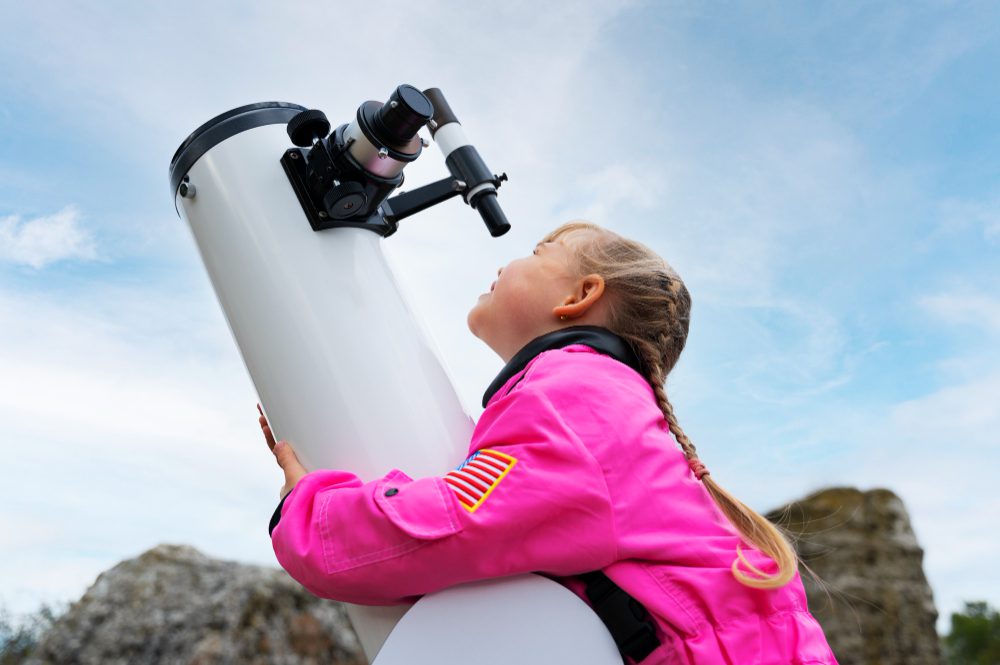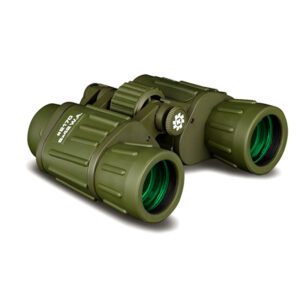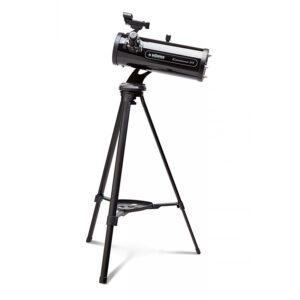Introduction

Brief Introduction to the Telescope:
Are you Interested in knowing Who invented the Telescope and How does a Telescope work. you are at right place. The telescope, a significant invention in human history, transformed our understanding of space and time. Many of us are curious about who invented the telescope, how it came into existence, and its evolution over time. The journey of the telescope began in the early 17th century, dramatically altering our perception of the universe.
Wondering about who invented the telescope brings us back to the time of Galileo, an Italian astronomer, physicist, and engineer. While Galileo did not invent the telescope itself, he was the first to use it to study the heavens in 1609, revolutionizing our understanding of the cosmos. This significant step forward in scientific equipment gave humanity a closer view of the stars and other celestial entities that dot the night sky.
The Value of Telescopes in Astronomical Exploration:
If we withhold mentioning ‘who invented the telescope’ for a moment, we also need to understand the immense value that this invention provides in terms of astronomical exploration. The telescope, regardless of who initially invented it, offers us the ability to see beyond our own planet and explore distant stars, galaxies, and phenomena light-years away from us.
Every time we revisit the question, “who invented the telescope?” it is essential to remember that many individuals have contributed to its development. From the early models created by Hans Lippershey and Zacharias Janssen to Galileo’s enhancements, each step was pivotal in technological advancement.
It was Galileo’s application of the telescope that led to recognitions such as the understanding of our Milky Way galaxy and the craters of the Moon. Answering the query, “who invented the telescope?” is not as straightforward as it might seem at first glance. It’s a question deeply intertwined with the history and progress of human exploration of the universe.
With every advancement in technology, the telescope – regardless of who invented it – remains a vital tool. It unlocks the mysteries of galaxies, stars, and life itself, providing invaluable information for astronomers, researchers, and those interested in understanding the cosmos. Considering the persistence of this invention over centuries, appreciating ‘who invented the telescope’ becomes even more critical.
Who invented the Telescope?

Examination of early optical devices:
The road to discovering who invented the telescope begins with an understanding of early optical devices. People have used lenses to magnify images for thousands of years. The ancient Egyptians and Greeks used glass and water-filled vessels to create simple lenses, but these early optical tools were far removed from the modern telescope.
Reference to Hans Lippershey and Zacharias Janssen claiming the invention:
The journey to figuring out who invented the telescope takes us back to the 17th century in the Netherlands. Dutch eyeglass makers Hans Lippershey and Zacharias Janssen have conflicting claims regarding the invention. Lippershey is often credited as the inventor of the telescope since he applied for a patent in 1608, but some reports suggest that Janssen invented it earlier.
The role of Galileo Galilei in enhancing the telescope in 1609:
Our exploration into ‘who invented the telescope’ would be incomplete without discussing Galileo Galilei.
- Galileo’s Observations: Despite not being the first to invent it, Galileo Galilei performed the first major enhancements on the telescope in 1609, enabling its use for astronomy. His observations of the Moon’s surface disrupted the then-prevailing belief that celestial bodies were perfect, smooth spheres.
- His Contribution to Understanding our Milky Way Galaxy: The question of ‘who invented the telescope‘ is related not only to its creation but also its applications. Galileo used his telescope to observe a hazy band of light across the night sky, which he realized was made up of countless stars. This band is now known as our Milky Way galaxy.
- Galileo’s Influence on the Subsequent Development of Increasingly Advanced Telescopes: After Galileo, understanding ‘who invented the telescope’ includes the inventors of various enhancements and modifications. Galileo’s work sparked a flurry of activity in telescope development, leading to larger and more complex devices that gave birth to modern astronomy.
How does a Telescope work:

Discussion on the basic components of a telescope: When discussing ‘how does a telescope work,’ you start with its basic components: the objective lens or mirror (collecting and focusing light), an eyepiece lens (magnifying the image), and the tube that houses these elements. The first telescopes used lenses to focus light, but modern telescopes typically use mirrors.
Explanation of magnification and focusing: Understanding ‘how does a telescope work’ involves grasping the concepts of magnification and focusing. The size of the objective determines the amount of light the instrument can collect, thereby determining its power. The eyepiece lens then magnifies the image formed. They must be near perfect in shape and free of flaws like scratches to avoid any distortion in the image.
The different types of telescopes:
Detailed look at refracting telescopes: These are the earliest type of telescopes and operate using lenses. A lens bends the light passing through it, making distant objects seem closer.
Detailed look at reflecting telescopes: An important part of understanding ‘how does a telescope work’ lies here. Reflecting telescopes use mirrors instead of lenses. A mirror can be thin and focuses light by bouncing it off. This makes them lighter and easier to manufacture than large, heavy lenses.
Detailed look at catadioptric telescopes: These telescopes combine mirrors and lenses, offering the benefits of both. They are versatile and work for many different viewing situations, featuring superior optics and mechanical quality.
The Effect of Earth’s Atmosphere on Telescopes:

The problem of distortion due to atmospheric conditions: As you delve deeper into ‘how does a telescope work,’ you’ll understand that telescopes on Earth must contend with the problem of atmospheric distortion. This makes stars twinkle and results in less clear images.
The proposal of space-based telescopes by astronomer Lyman Spitzer: To overcome this problem, Lyman Spitzer proposed the idea of space-based telescopes. Without atmospheric interference, these telescopes can capture clearer images. This is how telescopes like Hubble, Spitzer Space Telescope, and the upcoming James Webb Space Telescope were conceived.
Through these points, we hope to have adequately answered the question, ‘how does a telescope work?’ Telescopes, whether they’re on Earth or in space, continue to bring us captivating images of our universe and beyond.
The Hubble Space Telescope:
Collaboration between the European Space Agency and NASA in the 1970s: The question, ‘who invented the telescope’ expanded its scope from earth-bound technology to space-based observatories in the 1970s. The European Space Agency and the National Aeronautics and Space Administration began working together to design and build what we know today as the Hubble Space Telescope. This audacious step felt as remarkable as it was when we answer the query of ‘who invented the telescope.’
The Launch and Deployment of the Hubble Telescope in 1990: A significant development in the story of ‘who invented the telescope’ took place when on April 25, 1990, the Hubble Space Telescope was deployed into orbit roughly 380 miles above the Earth’s surface. This was a leap forward from the original invention of the telescope.
The Achievements and Discoveries made by the Hubble Telescope: The Hubble Space Telescope, regardless of who invented the telescope at first, has made mind-boggling discoveries from its vantage point. It explored the solar system, measured the universe’s age and size, searched for our cosmic roots, and unlocked mysteries of galaxies, stars, planets, and life itself.
Future of Telescopes:

Retirement of the Hubble Telescope:
The Hubble Space Telescope considered an extension of the invention of the telescope, will retire one day in the future. However, the retirement will not signal the end of our incredible views of the universe.
Introduction to the Next Generation Space Telescope: When we think about ‘who invented the telescope,’ we must also appreciate those who are determined to further its legacy. A successor to the Hubble, known as the Next Generation Space Telescope, is currently being designed and may take over Hubble’s role in the near future to help us understand even more about our fascinating universe, such as the formation of galaxies and stars, the evolution of galaxies, and the ongoing processes of star and planet formation.
Potential advancements and discoveries with the next-generation technology: The future telescope technology promises significant advancements and potential discoveries in various fields. That their development has roots in the question of ‘who invented the telescope’ makes it even more compelling.
Conclusion:
Recap of the telescope invention, work mechanism, and its importance: From the time of Hans Lippershey and Galileo Galilei ‘who invented the telescope,’ to the enhancements led by various astronomers and the deployment of space-based telescopes like Hubble; the journey of telescopes has been one of constant evolution and progress.
Reflection on the past, present, and future of telescopes in space exploration: The invention of the telescope, no matter who invented it, revolutionized how we perceive our universe. However, just like the ongoing debate regarding ‘who invented the telescope’, the development of telescopic technology remains a never-ending process. The future begets more innovations like the next-gen space telescopes that would provide glimpses into the universe never seen before.
In essence, every time we ponder over ‘who invented the telescope,’ we acknowledge the human spirit’s constant pursuit of knowledge and discovery, constantly pushing the boundaries of our comprehension about space and our place within it.


